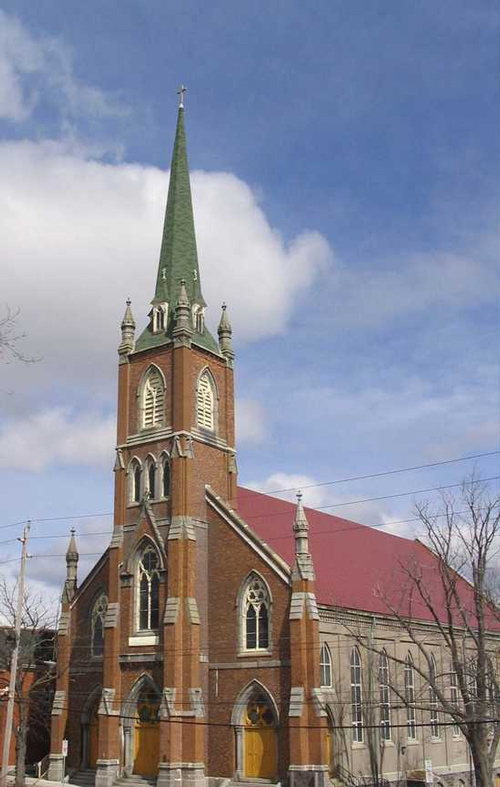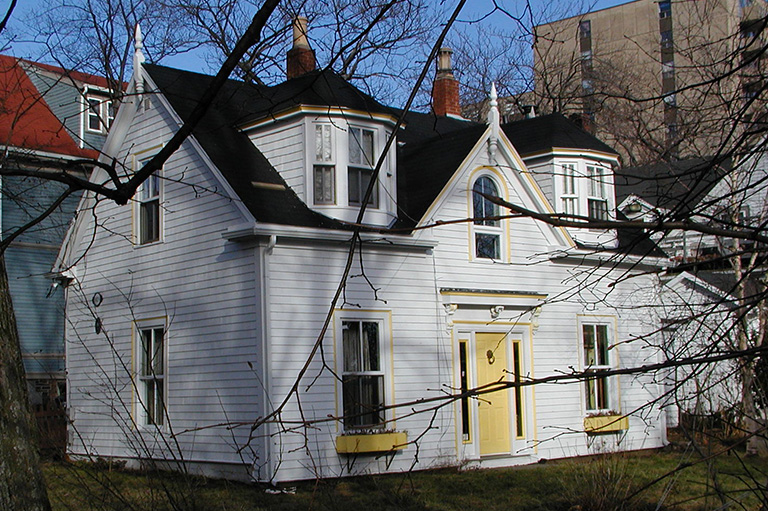Historic Places of Faith

Location
St. Patrick’s Roman Catholic Church in Halifax (EPL 2008) – a rare survivor of the Halifax explosion of 1917 – was long considered “Saved,” but was recently re-endangered when a structural assessment deemed the building unsafe.
Why it matters
There are an estimated 15,000 – 20,000 faith-related buildings in Canada and a national strategy and funding is needed (uniquely, Quebec has had the Conseil du patrimoine religieux du Québec since 2014) to address the growing number of places of faith at risk and ripe for adaptive reuse. While these landmark buildings are often rich with cultural heritage value and beautifully constructed, they also typically provide valuable “third spaces” for non-profit and community groups (e.g. day cares, senior’s activities, municipal voting stations, meeting space), so their potential loss brings substantial community impacts.
With 7 uniquely curated newsletters to choose from, we have something for everyone.
Why it’s endangered
Many of the places of faith currently in jeopardy across Canada have large deferred maintenance bills due to congregational decline — for example, Holy Trinity Church (Winnipeg) and Saint-Clement de Viauville Church (Montreal) — which severely hampers adaptive reuse options.
Advertisement
Canada's Top 10 Endangered Places List 2024
Themes associated with this article
Advertisement












